Manitou Springs High School sees increase in marijuana-related incidents
November 5, 2014
On the evening of Tuesday, October 21, a graph was posted to the Manitou Springs School District Parents’ Facebook page, a popular location for discussions among parents of students in the high school, middle school, and both elementary schools. The graph, which was posted by a District 14 parent, was titled “MSHS Average Marijuana-Related Incidents per Month” and showed data for school years 2007-present.
The graph implied a connection between the opening of Manitou’s first retail marijuana establishment, Maggie’s Farm, in August, and the apparent spike in marijuana-related incidents in the period of time between mid-August and mid-October.
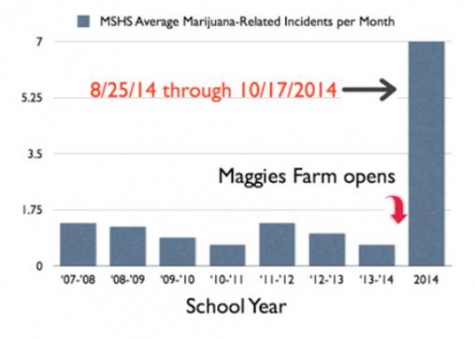
Later that evening at 10:45 P.M., local news outlet KKTV 11 News published a story on the issue on both their website and Facebook page. The story, titled “11 Call for Action Investigation: Marijuana-Related Incidents Skyrocket at Local High School”, quoted Kari Kilroy and Dr. Kenneth Finn, two community members and Manitou parents known for their activism in the campaign against legalization of retail marijuana in Manitou Springs, voicing their concern over the issue. At the time of publication, no representative of Maggie’s Farm was available for comment, and no follow up story has been published as of November 4, 2014.
Manitou Springs High School has, in fact, seen an increase in marijuana-related discipline referrals from 2013 to 2014. In the 2013/2014 school year as a whole, the school logged six total drug-related incidents into PowerSchool, with none occurring between August and October of 2013. As of the end of October 2014, fourteen incidents have been recorded since the start of school.
“The term that’s been used is incident, right, so that’s not necessarily possession, or under the influence, but it’s incidents related to – that were logged as a disciplinary log,” said Manitou Springs High School Principal Glenn Hard.
According to Hard and Assistant Principal Jesse Hull, every time a student is referred to the school for disciplinary reasons, it is logged into the school’s PowerSchool system and categorized accordingly. Hull says that, although these incidents are categorized under the umbrella of “drug-related”, he remembers all of them as having to do with marijuana.
Cheyenne Mountain High School has seen a similar increase. According to District 12 Superintendant, Dr. Walt Cooper, between August and October of 2013, Cheyenne Mountain High School saw eight drug-related discipline referrals; from August to October of 2014, there have been fifteen.
As with Manitou, Cheyenne Mountain categorizes these incidents under the broader category of “drugs”. Not all of these incidents may be strictly marijuana, but that is typically the most common type of drug infraction at Cheyenne Mountain, said Cooper.
Unlike Manitou and Cheyenne Mountain, District 11, which includes Coronado High School, Mitchell High School, Palmer High School, and Doherty High School, has not seen any sort of significant increase or decrease between last year and this one. From August through October of 2013, there were fifty marijuana-related incidents between the four high schools; from August to October 2014, there have been fifty-seven incidents, according to information provided by the District 11 Public Information Officer, Devra K. Ashby.
The exact cause of this spike is unclear as of yet. “At this point it’s so early, it’s really difficult to draw a connection or correlation between cause and effect, we’re just seeing more issues that we’re dealing with,” said Hard. “The connection between the data [in the graph] and Maggie’s Farm is purely speculation, [the school] had nothing to do with that.”
Hull says that he has noticed changes in the culture along with the spike in incidents, though. “I can tell you that when talking to students about marijuana use, it seems like it is more accepted socially, that it’s okay with students, so I can see a shift in attitude among the student body, with the people I’ve talked to who’ve been caught with marijuana,” he said, adding, “I’m not saying that’s every student in the building, you know, 97% of our students at this point are making really good decisions and not using marijuana as far as we know.”
Kari Kilroy, El Paso County Board of Health President and the Manitou parent who posted the graph in the parents’ Facebook page, holds to the assertion that the sale of recreational marijuana in Manitou has something to do with the increase. According to her, the graph was created by “a physician who is concerned about marijuana legalization, and is also a parent of an MSHS student.”
“My reaction when I first saw [the graph] was shock,” she said. “I knew that opening both medicinal and recreational stores in Manitou Springs would have an impact on the schools/students, but I honestly didn’t think we would see that dramatic of a change in such a short time. I expected to see use (and marijuana-related incidents) slowly creeping up over the years.”
Dr. Kenneth Finn, the other MSHS parent who was quoted in the KKTV 11 News Call for Action Investigation, did not respond to requests for an interview.
One Manitou student, who preferred to remain anonymous, isn’t so sure there has been a change at all. “I personally haven’t noticed more people smoking than in past years,” they said. “I’m not sure why more people are getting caught. I have noticed [Officer Gillis, the police liaison for MSHS] at the school more than I did before, though, so maybe they’re just doing a better job with catching people.”
Hard and Hull maintain that there has been no significant change in methods for detecting or disciplining drug use at school this year from previous years.
Ballot Question 2G, which proposed to once again make recreational marijuana illegal in Manitou Springs, was defeated with 64% of voters against the measure, 36% in favor.





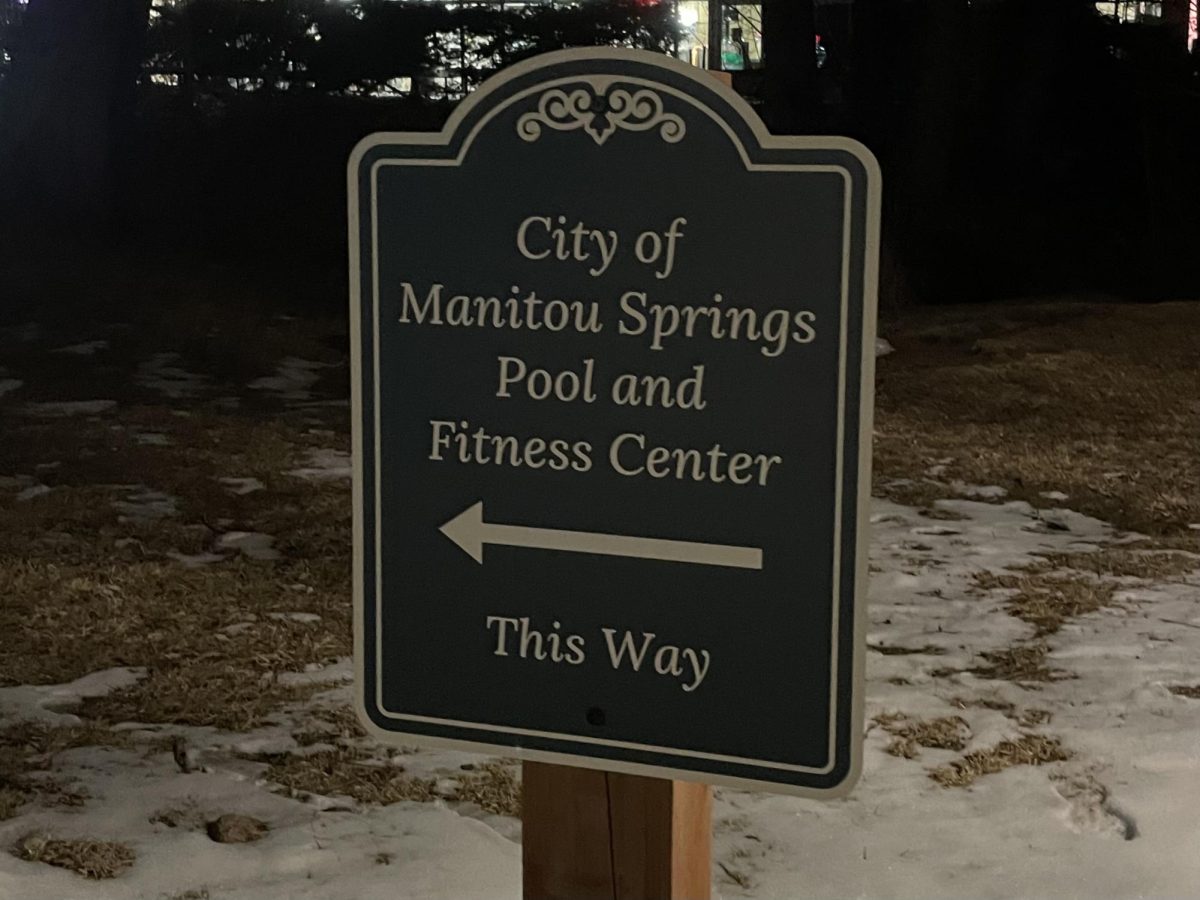




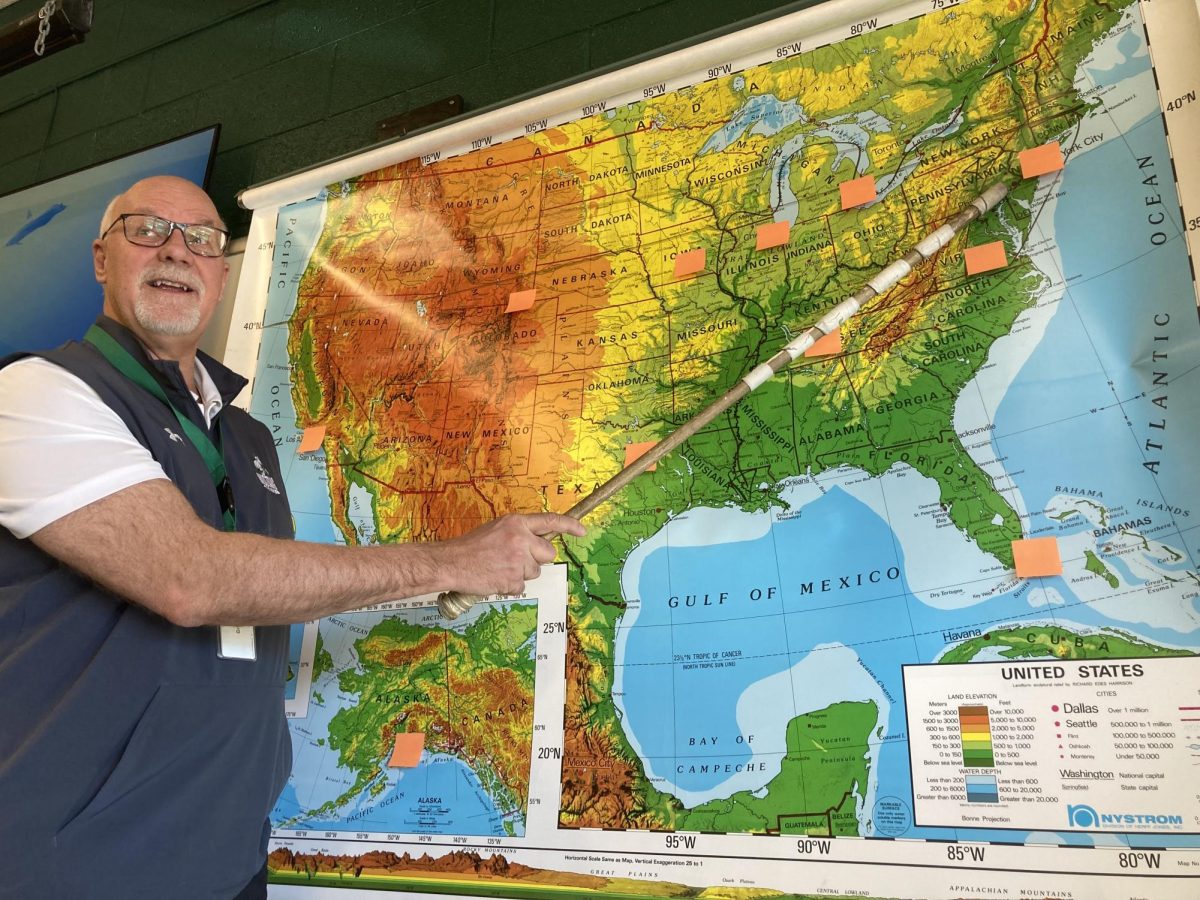


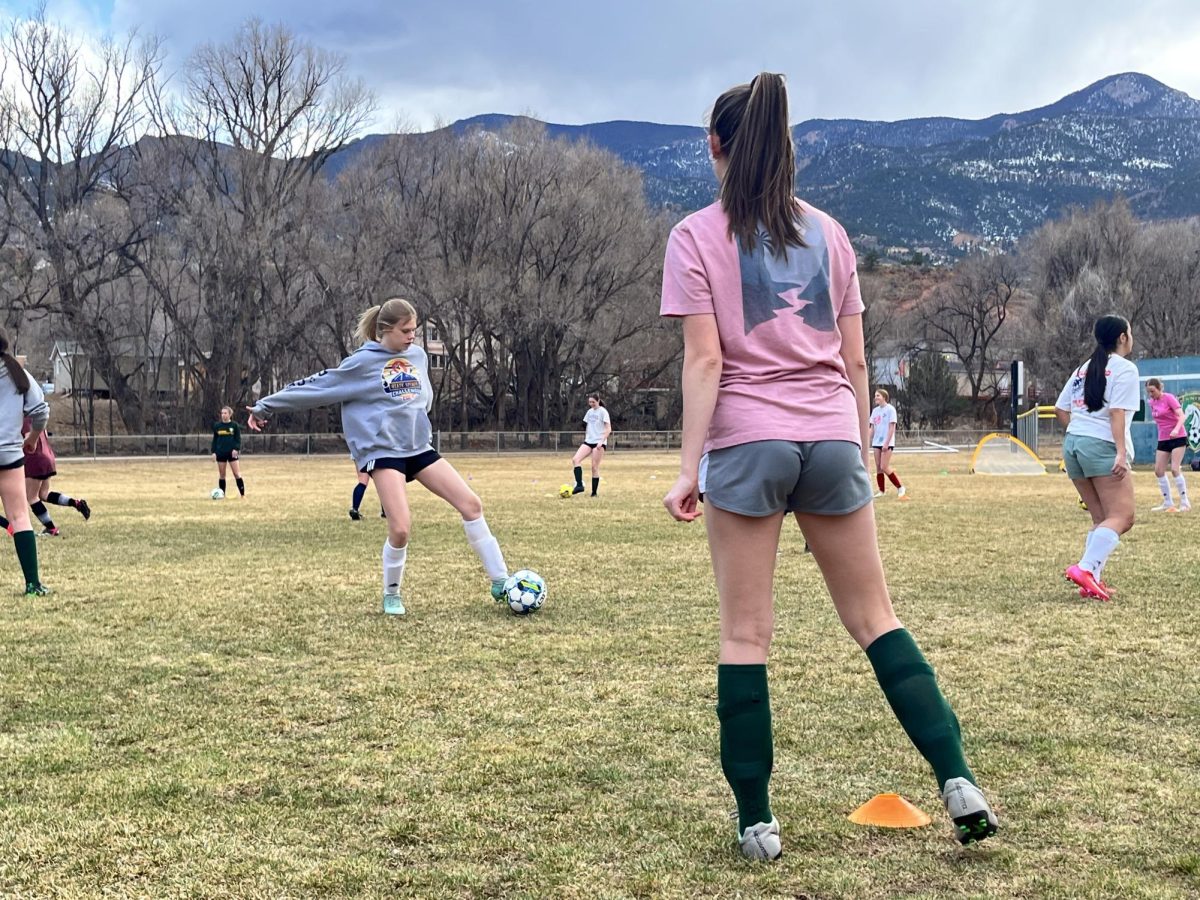






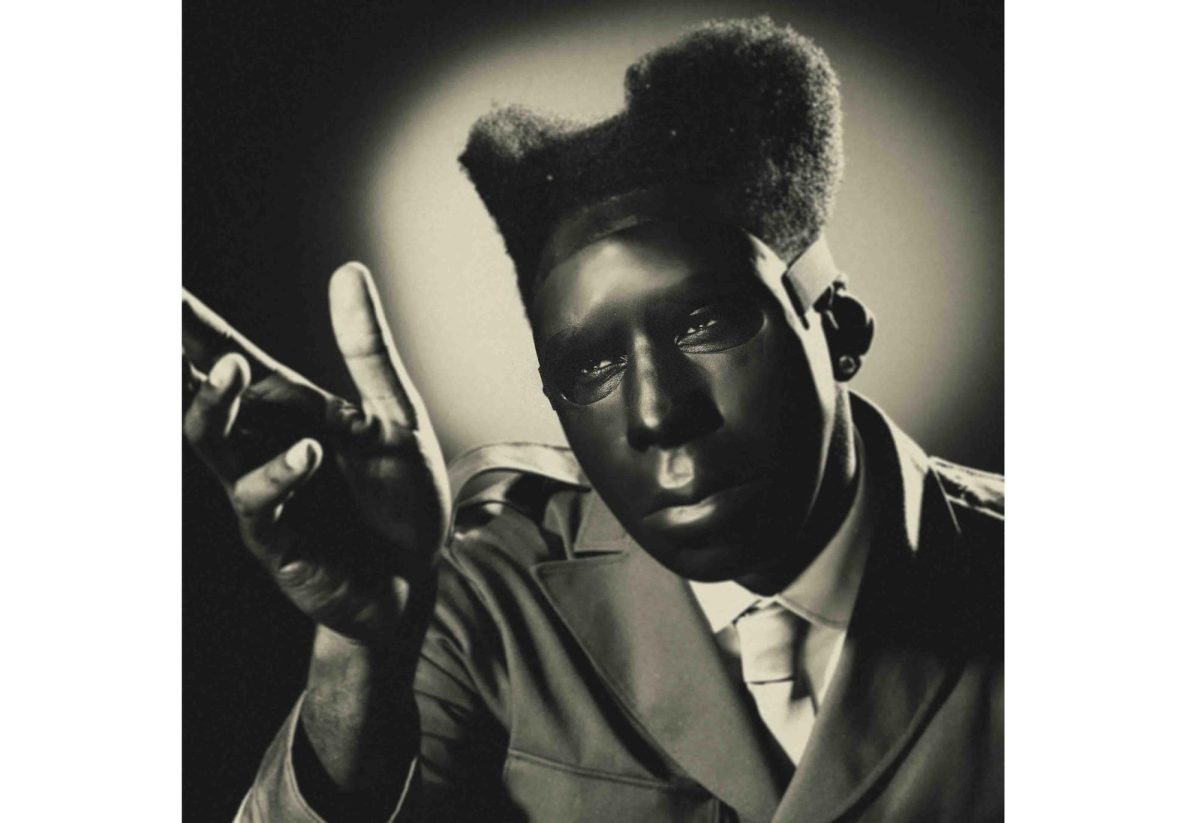





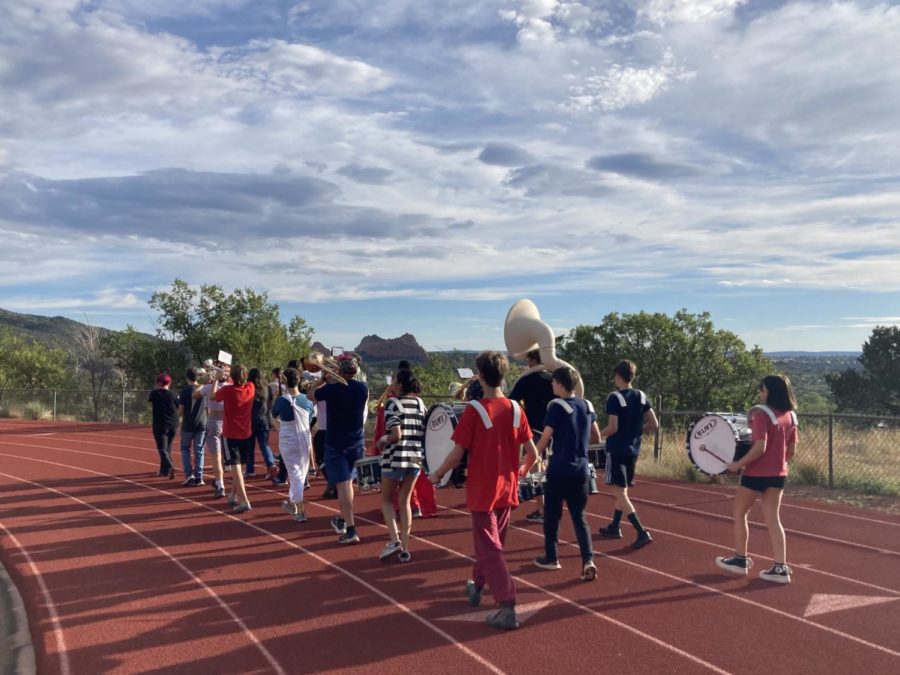










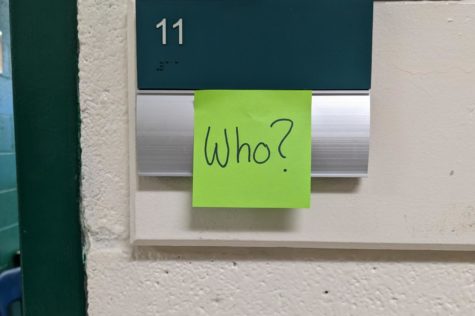




Annie • Nov 5, 2014 at 7:24 pm
Isabel, this was the most well written article I have seen about this whole situation.
Isabel Dufford • Nov 5, 2014 at 8:10 pm
Thank you!